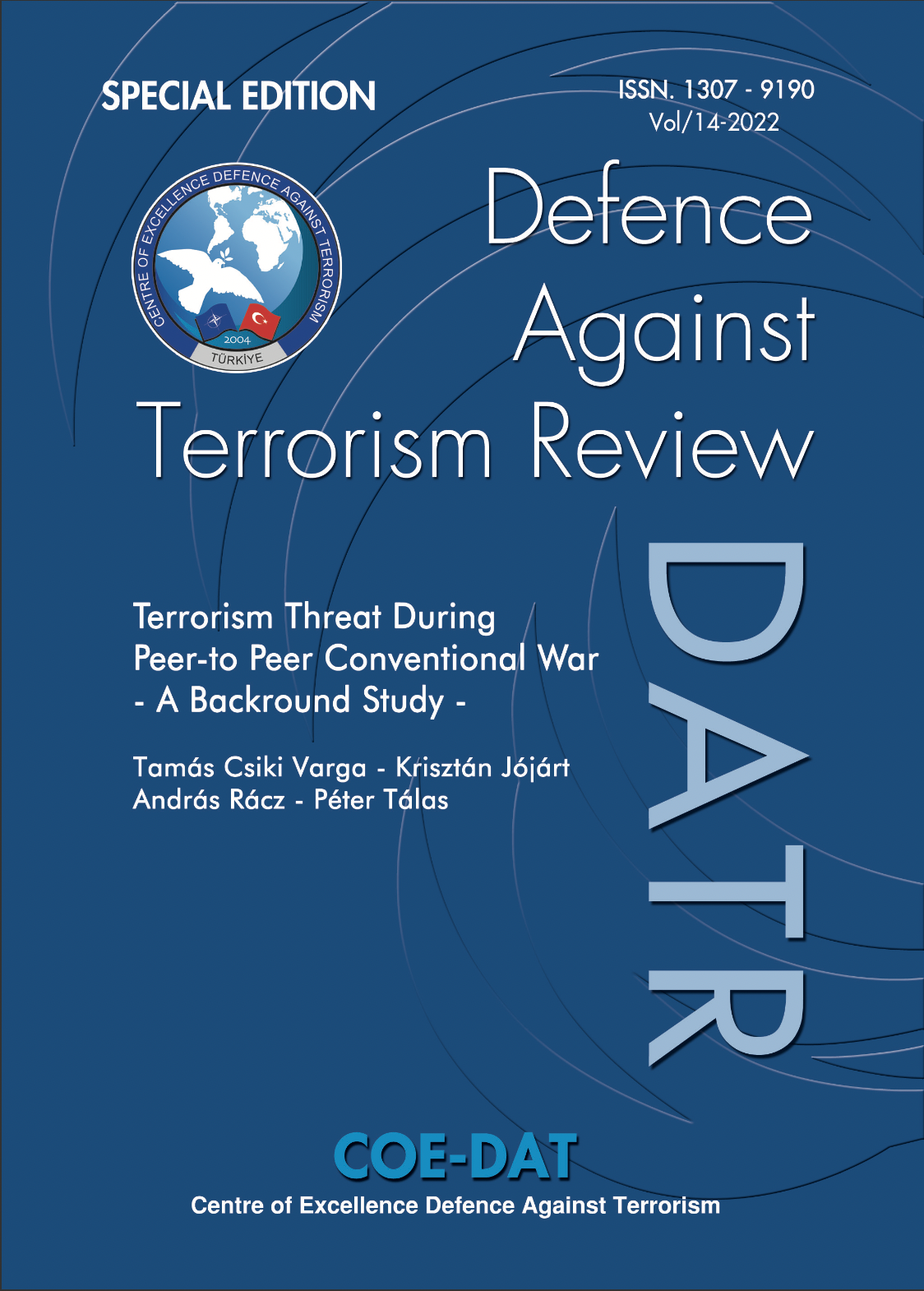This text was originally published by the Center of Excellence Defence against Terrorism in its Vol 14/2022. You can download the full text as a pdf here.
War and strategy developed reciprocally as instruments by which nations may impose their will on other nations. The unrestrained use of all the possible instruments of war were used with few legal restraints until the late 19th Century. The advent of industrialized warfare introduced devastation on a far larger scale than previous wars. As a result of the ramifications of such destruction, international regulations were constructed to push nations to negotiations instead of war to settle international disputes and to lay out what is acceptable or unacceptable in war.
As Clausewitz stated in his book “On War”, there are always Purpose, Goal, and Means in war. The Purpose of war is for one's will to be enforced, which is determined by politics. The Goal of the conflict is to defeat the opponent in order to exact the Purpose. The Goal is pursued with the help of a strategy that might be brought about by various military or non-military Means to resolve the conflict (such as propaganda, economic sanctions, and political isolation). Thus, any resource of the human body and mind and all the moral and physical powers of a state might serve as Means to achieve the set goal. In the 21st Century, the evolving nature of communication and war uncovered terrorism as a Means to achieve one’s Purpose.
The dissolution of the Soviet Union ended the rivalry between the USSR and NATO, and, for a period of time, established a unipolar world order. The world is yet again changing, this time from a unipolar to a multi-polar world. In this process, NATO, and partner nations, must consider the prevalent view of war as comprising conventional kinetic actions to include unconventional and hybrid activities that fall below the threshold of conventional kinetic warfare. The rise of Russia as a resurgent great power that is significantly weaker than NATO, requires Russia to use all Means possible to confront NATO to include terrorism as a means of hybrid warfare.
The aim of this study is to explore how terrorism was and could be used by Russia to integrate with potential conventional warfighting efforts during a peer-to-peer conflict. Keeping in mind what the NATO Heads of States articulated in the most recent Brussels Summit communique: “Russia’s aggressive actions constitute a threat to Euro-Atlantic security; terrorism in all its forms and manifestations remains a persistent threat to us all.” COE-DAT suggests that the cases, which are tackled in this paper, and approaches can be best practices to consider when planning a defense against terrorism.
This study is a collaboration between COE-DAT and the Institute for Strategic and Defence Studies, Eötvös József Research Center, National University of Public Service, Hungary.


